20 Beloved Cartoon Characters Every ’70s Kid Grew Up With
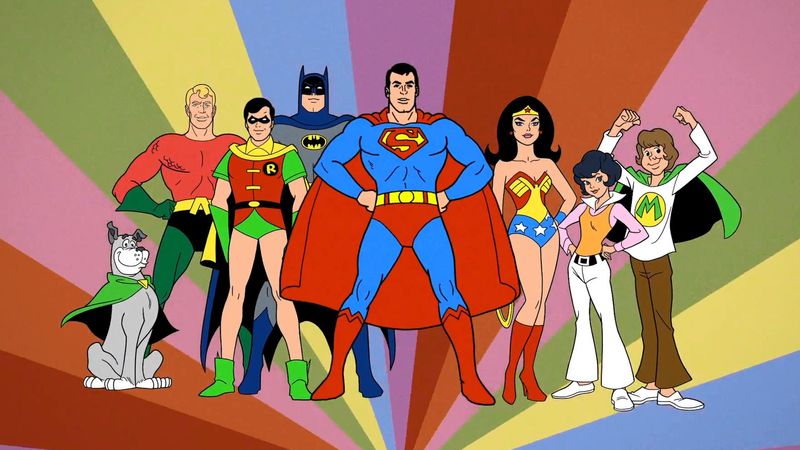
Saturday mornings in the 1970s meant one thing: rushing to the TV in your pajamas with a bowl of sugary cereal. Kids across America shared the same weekly ritual, gathering around their television sets to watch colorful animated adventures unfold. From mystery-solving dogs to prehistoric families, these cartoon characters became household names and shaped childhood memories for an entire generation.
1. Scooby-Doo & Shaggy
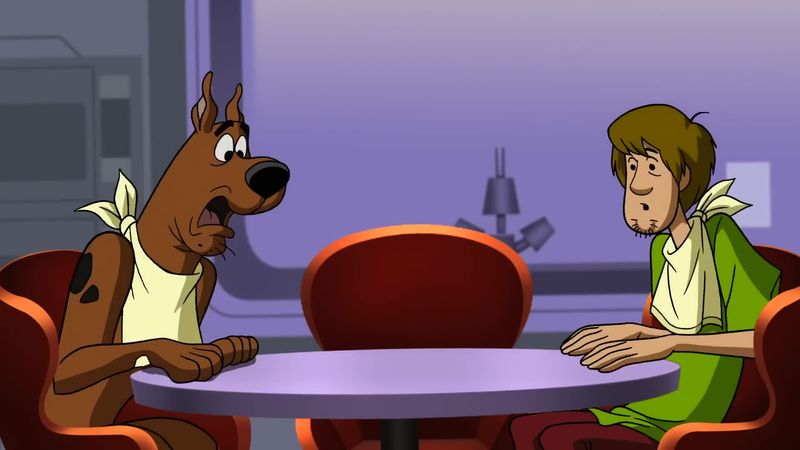
Mystery Inc.’s most famous duo brought laughs and chills to living rooms everywhere. Scooby-Doo and his best pal Shaggy Rogers turned cowardice into comedy gold, running away from ghosts while somehow always solving the case.
Their friendship showed kids that being scared was okay as long as you had a loyal friend by your side. Both characters shared an endless appetite for Scooby Snacks and sandwiches, making them incredibly relatable to hungry young viewers.
The show’s formula of unmasking fake monsters taught children to question what they saw and think critically about problems. Shaggy’s famous catchphrase “Zoinks!” and Scooby’s “Ruh-roh!” became part of playground vocabulary across the nation.
2. Fred Flintstone & Barney Rubble
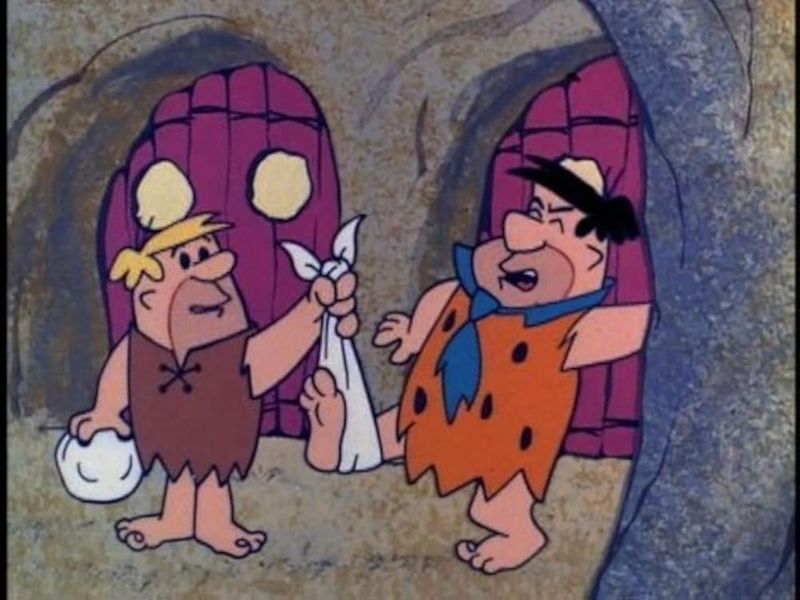
Bedrock’s favorite neighbors proved that friendship transcends time periods, even stone age ones. Fred Flintstone’s boisterous personality perfectly balanced Barney Rubble’s gentle, loyal nature, creating one of television’s most enduring friendships.
Fred’s famous “Yabba-Dabba-Doo!” echoed through households as kids watched him slide down his dinosaur’s back after work. Meanwhile, Barney’s cheerful “Hey Fred!” greeting became synonymous with neighborly friendship.
The show cleverly mixed modern problems with prehistoric solutions, using dinosaurs as household appliances and teaching kids about family values. Their adventures at the Water Buffalo Lodge and bowling alley showed that having fun with friends was timeless, whether in the stone age or the 1970s.
3. Yogi Bear & Boo-Boo
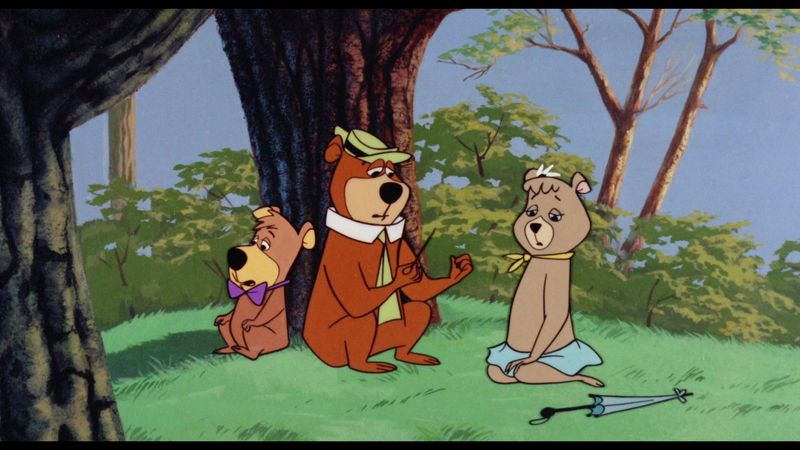
Jellystone Park’s most notorious picnic basket thief charmed audiences with his wit and schemes. Yogi Bear’s intelligence and smooth talking made him “smarter than the average bear,” while his sidekick Boo-Boo provided the voice of reason.
Boo-Boo’s constant warnings of “But Yogi, Ranger Smith won’t like this!” rarely stopped their adventures. The duo’s relationship taught kids about friendship, loyalty, and the importance of having someone who looks out for you.
Yogi’s elaborate plans to snatch picnic baskets always backfired spectacularly, creating hilarious situations that kept children entertained. Despite his mischievous nature, Yogi’s heart was always in the right place, showing kids that making mistakes was part of growing up and learning.
4. Hong Kong Phooey
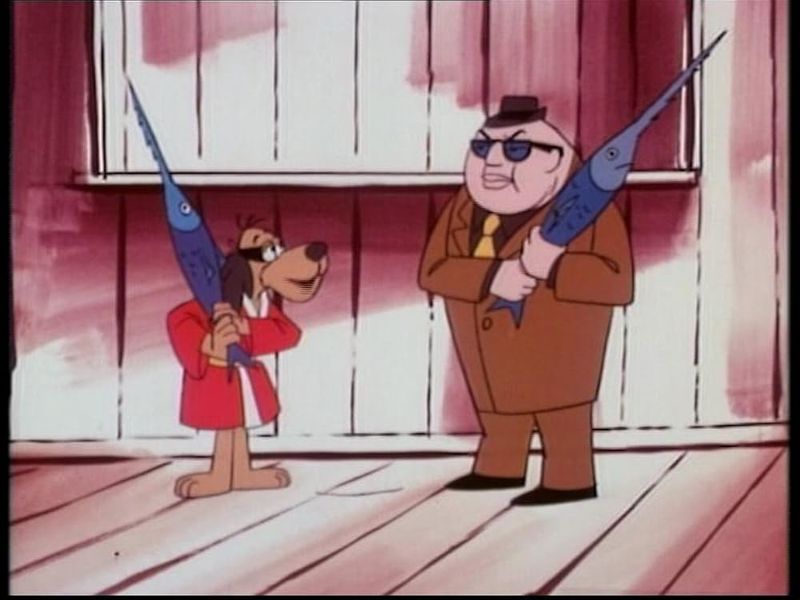
Number one super guy Hong Kong Phooey proved that anyone could be a hero, even a mild-mannered janitor. By day, he swept floors at the police station, but when trouble called, he transformed into the world’s most enthusiastic martial arts superhero.
His clumsy fighting style and accidental victories made him endearingly human despite his superhero status. Kids loved watching him stumble into success while his cat Spot did most of the real work behind the scenes.
The character broke new ground by featuring an Asian-inspired superhero during a time when diversity was rare on television. Hong Kong Phooey’s positive attitude and determination to help others taught children that good intentions and a willing heart mattered more than perfect execution.
5. The Super Friends
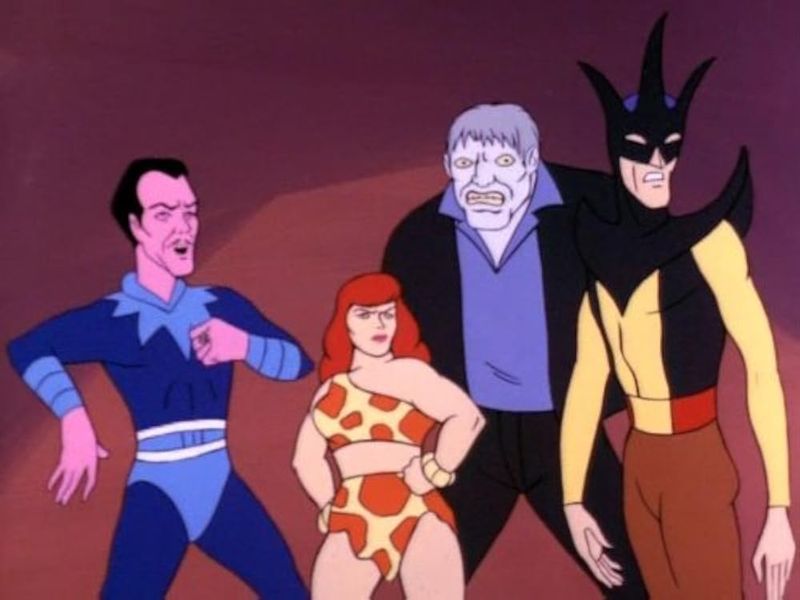
Saturday mornings became epic when DC Comics’ greatest heroes joined forces on television screens. Batman, Robin, Superman, Wonder Woman, and Aquaman formed an unstoppable team that fought injustice across the globe and beyond.
Each hero brought unique powers and personalities that appealed to different kids. Superman’s strength, Wonder Woman’s wisdom, Batman’s detective skills, and Aquaman’s underwater abilities showed that teamwork made everyone stronger.
The Hall of Justice became every child’s dream headquarters, complete with advanced computers and the famous trouble alert. These characters taught important lessons about using power responsibly, helping others, and working together to solve problems that seemed impossible alone.
6. Spider-Man
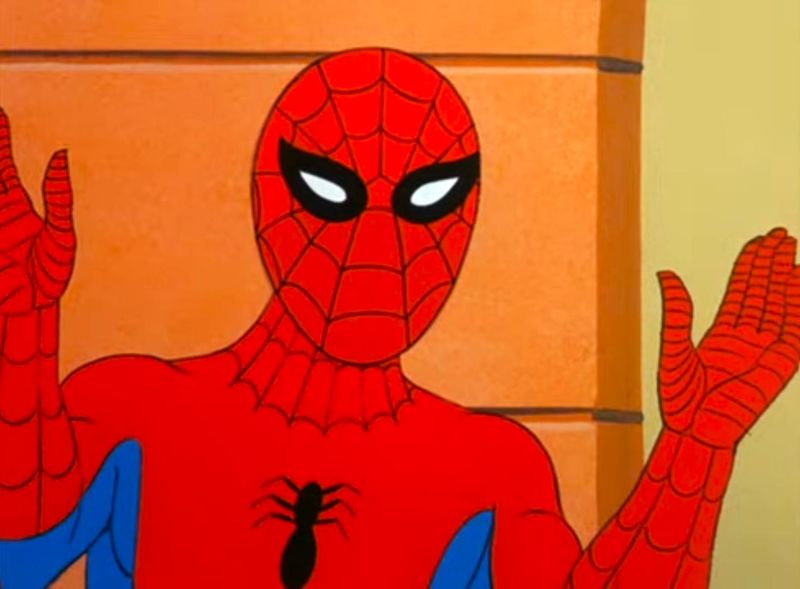
Your friendly neighborhood wall-crawler swung into television reruns, bringing Marvel’s most relatable superhero to afternoon programming. Peter Parker’s struggles with everyday teenage problems while fighting crime resonated with young viewers facing their own challenges.
Spider-Man’s web-slinging adventures through New York City captured imaginations and inspired countless playground games. His quips and jokes during battles showed kids that maintaining a sense of humor helped during difficult times.
The character’s origin story of gaining powers through a radioactive spider bite fascinated children interested in science. Spider-Man proved that being different wasn’t something to hide but rather a gift to use for helping others, making him a perfect role model for awkward teenagers everywhere.
7. Fat Albert
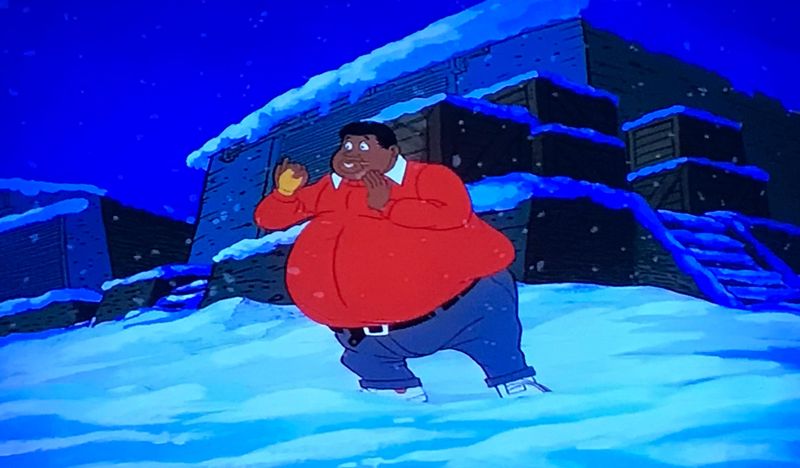
“Hey, hey, hey!” echoed from television sets as Fat Albert Jackson brought joy and life lessons to children everywhere. Bill Cosby’s creation centered around a group of Philadelphia kids navigating childhood with humor, friendship, and important moral guidance.
Fat Albert’s leadership of the Junkyard Gang showed that being different was perfectly okay. His size never stopped him from playing sports, helping friends, or standing up for what was right.
Each episode tackled real issues kids faced, from peer pressure to family problems, always ending with valuable lessons. The show’s educational segments featuring Bill Cosby himself reinforced the episode’s teachings, making learning fun and memorable for young audiences seeking guidance and entertainment.
8. Josie and the Pussycats
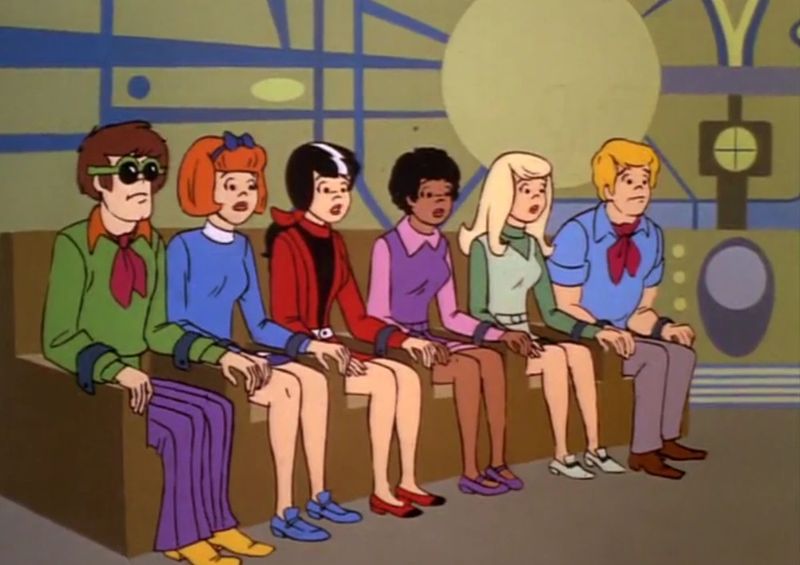
Rock and roll met mystery-solving when Josie McCoy and her all-girl band hit the airwaves. These talented musicians traveled the world, playing concerts while accidentally stumbling into adventures that required both musical talent and detective skills.
Josie’s red hair and leadership qualities made her a strong female role model during an era when such characters were uncommon. Valerie’s intelligence and Melody’s sweet nature showed girls they could be different yet equally valuable.
The show combined catchy music with exciting mysteries, proving that girls could be musicians, detectives, and heroes all at once. Their colorful outfits and upbeat songs made them fashion icons while their problem-solving abilities demonstrated that brains were just as important as beauty.
9. Speed Buggy
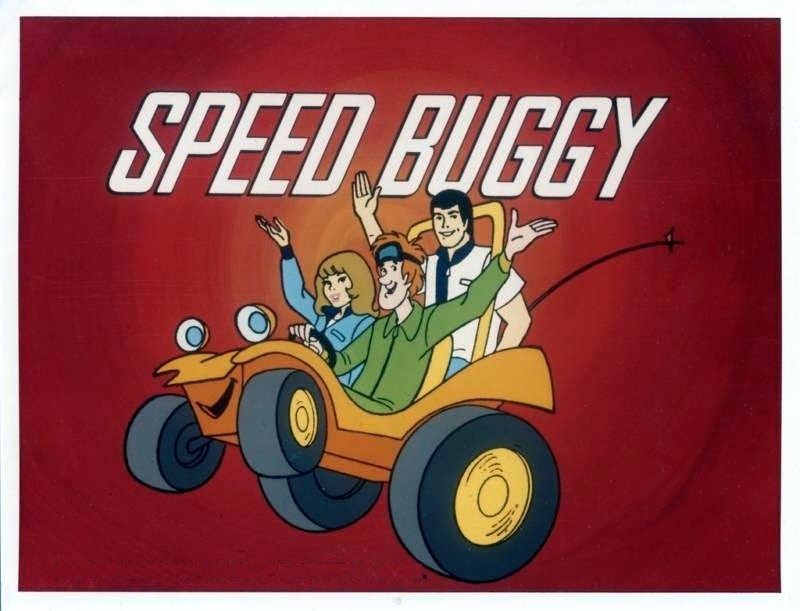
Anthropomorphic automobiles reached new heights with Speed Buggy, a sentient dune buggy who could talk, think, and solve mysteries alongside his teenage friends. This orange vehicle brought personality and heart to what could have been just another racing show.
Speed Buggy’s stuttering speech pattern and enthusiastic personality made him instantly loveable to children who dreamed of having their own talking car. His loyalty to friends Tinker, Mark, and Debbie demonstrated the importance of teamwork.
The combination of racing action and mystery-solving created a unique formula that kept kids engaged week after week. Speed Buggy proved that heroes came in all shapes and sizes, even four-wheeled ones with engines and the ability to express emotions and solve complex problems.
10. Jabberjaw
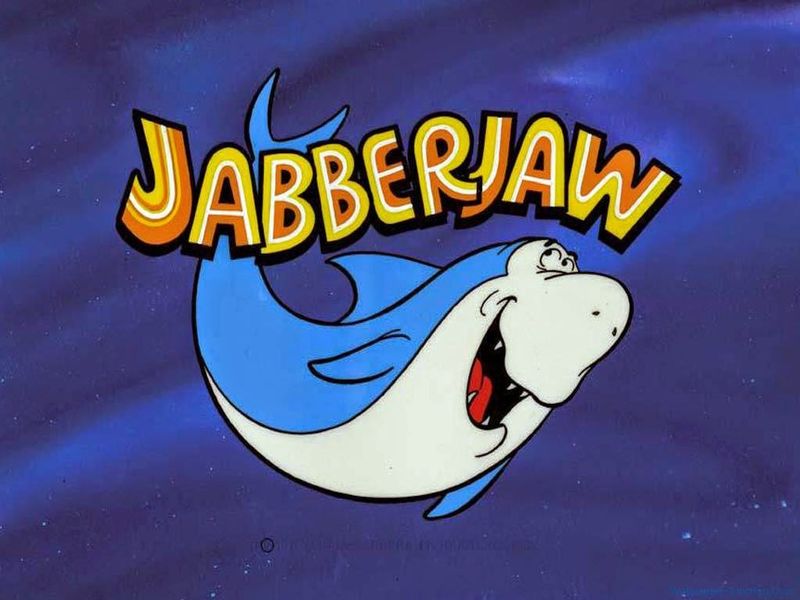
Underwater rock concerts became reality with Jabberjaw, a 15-foot great white shark who played drums for the Neptunes. Despite his fearsome appearance, this gentle giant just wanted respect and recognition for his musical talents.
Jabberjaw’s constant complaint of “No respect at all!” became his trademark phrase, resonating with kids who felt misunderstood or underappreciated. His Brooklyn accent and comedic timing made him more loveable than scary.
The futuristic underwater setting allowed for creative storylines and colorful animation that captured young imaginations. Jabberjaw taught children not to judge others by their appearance and showed that everyone deserves kindness and respect, regardless of how different they might seem to others.
11. The Harlem Globetrotters
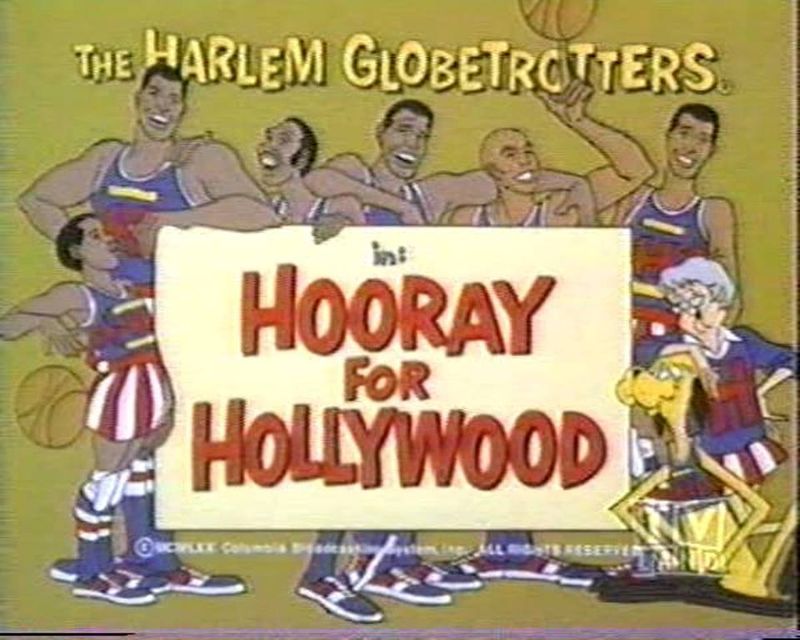
Basketball legends became animated heroes when the famous Harlem Globetrotters got their own cartoon series. These real-life athletes used their incredible ball-handling skills and teamwork to solve problems and help people around the world.
Meadowlark Lemon, Curly Neal, and the gang brought their signature humor and amazing basketball tricks to Saturday morning television. Their positive attitudes and willingness to help others made them perfect role models for young viewers.
The show cleverly combined sports action with adventure stories, teaching kids about perseverance, practice, and good sportsmanship. Watching these talented athletes work together showed children that success came through dedication, teamwork, and maintaining a positive attitude even when facing seemingly impossible challenges.
12. The Jackson 5
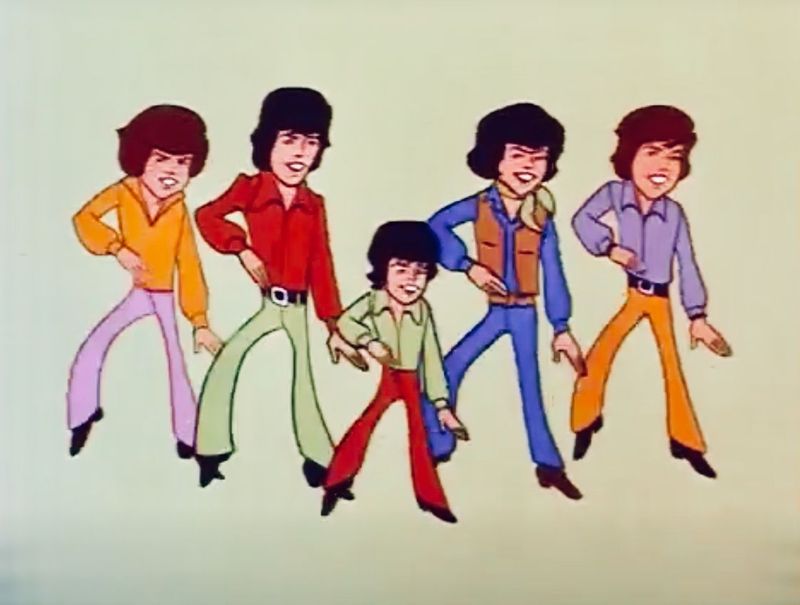
Motown magic came to Saturday mornings when Michael Jackson and his brothers became animated superstars. The Jackson 5ive cartoon brought the family’s infectious music and positive energy to television screens across America.
Young Michael’s distinctive voice and dance moves translated beautifully to animation, inspiring kids to sing and dance along at home. The show featured the group’s hit songs while following their adventures as they traveled and performed.
Each episode celebrated family bonds, musical talent, and the importance of following your dreams. The Jackson brothers showed that success required hard work, practice, and supporting each other through good times and challenges, making them relatable despite their superstar status in the music world.
13. Pink Panther
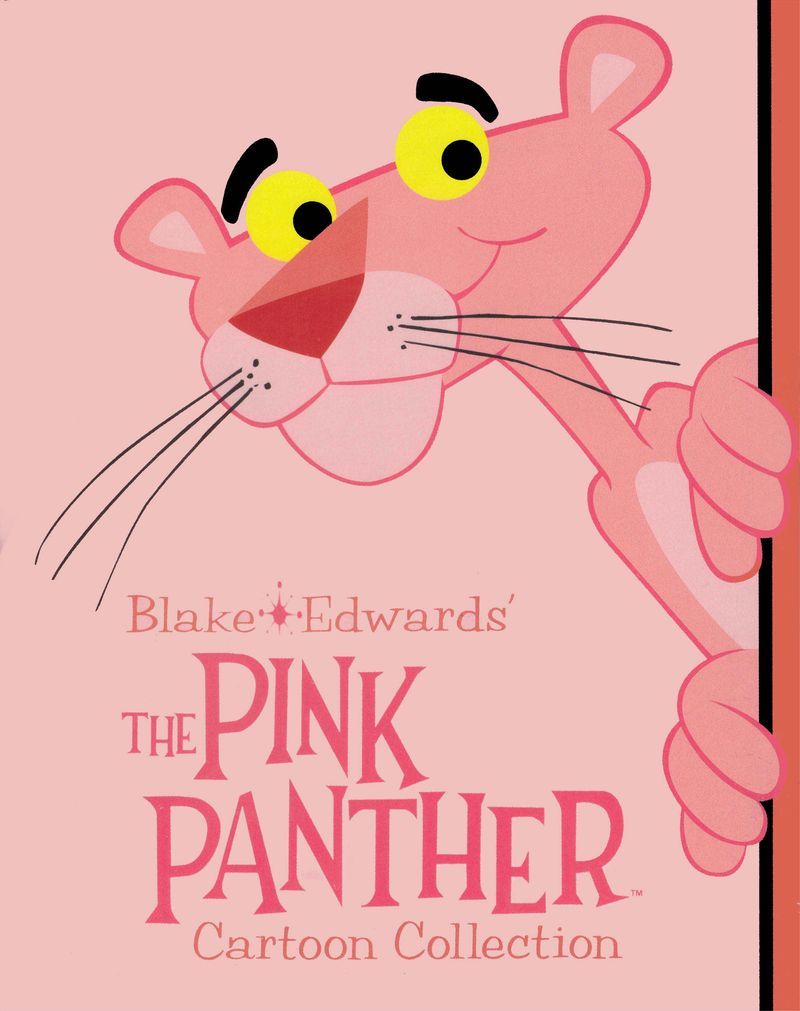
Sophisticated slapstick reached perfection with the Pink Panther’s wordless adventures. This cool, pink feline navigated the world with style and grace, even when everything around him fell into complete and utter chaos.
Henry Mancini’s iconic theme music became instantly recognizable, setting the perfect mood for each episode’s elegant mayhem. The Panther’s calm demeanor in ridiculous situations taught kids about maintaining composure under pressure.
Without speaking a single word, the Pink Panther communicated volumes through expressive animation and perfect timing. His adventures proved that actions spoke louder than words and that sometimes the best response to life’s absurdities was a cool, collected attitude and perhaps a slightly raised eyebrow.
14. Captain Caveman
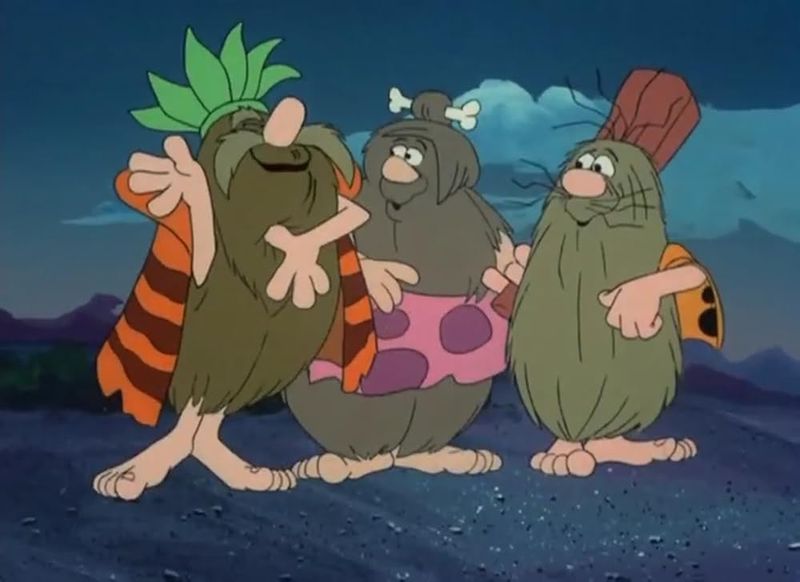
Prehistoric power met modern mystery-solving when Captain Caveman emerged from his frozen slumber to help the Teen Angels. This hairy superhero could pull any tool imaginable from his massive body of fur, making him the ultimate problem-solver.
His battle cry of “Captain CAAAAAVEMAAAAAN!” became legendary among Saturday morning viewers who loved his enthusiastic approach to fighting crime. Despite being ancient, he adapted quickly to modern situations with childlike wonder.
The combination of stone-age strength and contemporary detective work created a unique dynamic that entertained kids while teaching them about friendship and helping others. Captain Caveman proved that heroes could come from any time period and that sometimes old-fashioned values were exactly what modern problems needed.
15. Grape Ape
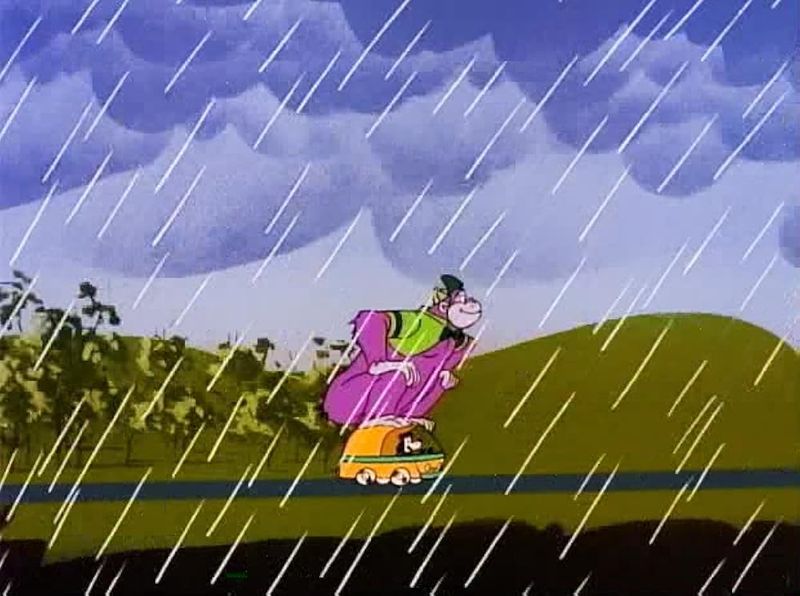
Great Grape Ape stomped onto television screens as a 40-foot purple gorilla with a heart of gold. This gentle giant’s simple vocabulary consisted mainly of “Grape Ape” and his own name, but his actions spoke volumes.
Traveling with his friend Beegle Beagle in a tiny car that somehow accommodated his massive frame created endless visual comedy. Their friendship showed that differences in size, intelligence, or background didn’t matter when hearts were in the right place.
Grape Ape’s innocent nature and desire to help others made him endearing despite accidentally causing destruction wherever he went. Children learned that good intentions were important and that sometimes the biggest hearts came in the most unexpected packages, even purple gorilla-sized ones.
16. Quick Draw McGraw
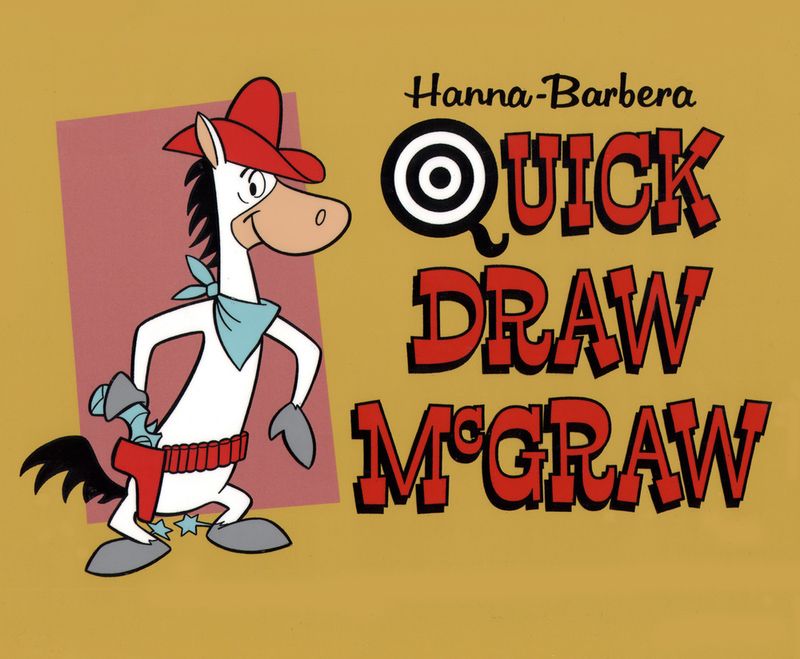
The Wild West got a comedic makeover with Quick Draw McGraw, a horse sheriff who took law enforcement very seriously despite his questionable competence. His attempts at maintaining order usually resulted in more chaos than crime-fighting success.
Quick Draw’s Spanish-accented alter ego, El Kabong, added extra humor by wielding a guitar as his weapon of choice. This dual identity showed kids that everyone had different sides to their personality.
Baba Looey, his faithful burro deputy, provided the brains of the operation while Quick Draw provided the enthusiasm and confidence. Their partnership demonstrated that successful teams combined different strengths and that sometimes the quiet, thoughtful member was just as important as the loud, confident leader.
17. Huckleberry Hound
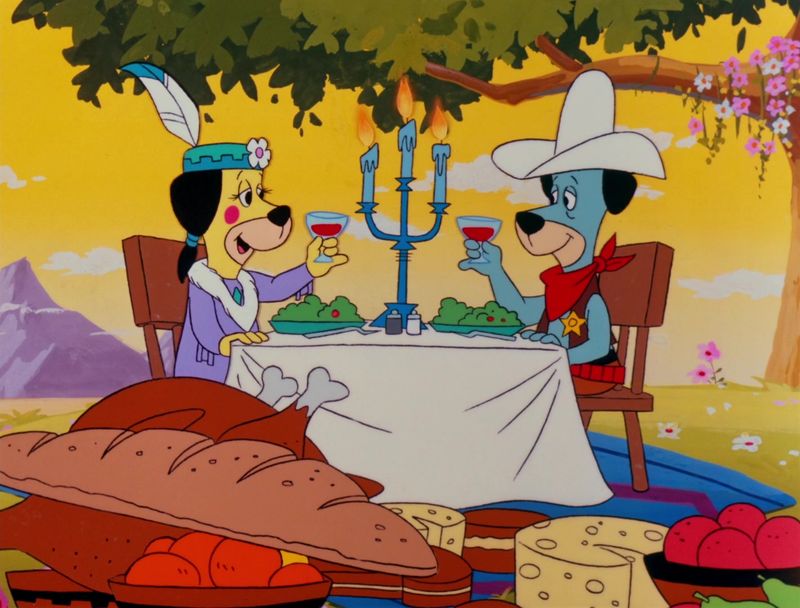
Southern charm met endless optimism in Huckleberry Hound, a blue dog whose laid-back attitude and distinctive drawl made him instantly recognizable. His calm approach to every situation, no matter how chaotic, provided a soothing presence for young viewers.
Huck’s tendency to break into song, particularly “Oh My Darling, Clementine,” added musical moments that kids loved to sing along with at home. His various occupations in different episodes showed that trying new things was part of life’s adventure.
Despite facing constant mishaps and challenges, Huckleberry Hound never lost his positive outlook or friendly demeanor. He taught children that maintaining a good attitude and treating others with kindness were more important than being perfect or always succeeding at everything you attempted.
18. Pebbles & Bamm-Bamm
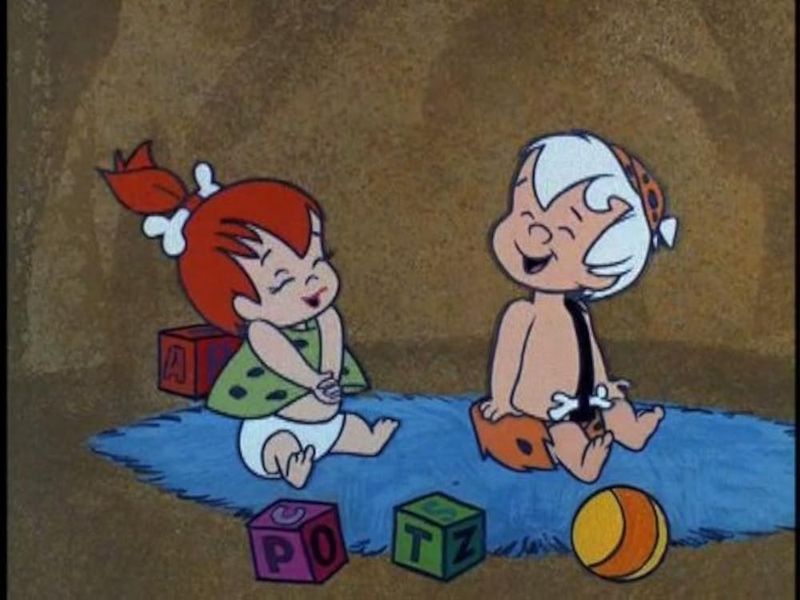
Bedrock’s youngest residents grew up before viewers’ eyes, transforming from babies into teenagers with their own adventures. Pebbles Flintstone and Bamm-Bamm Rubble brought youthful energy to the stone age setting their parents had made famous.
Pebbles inherited her father Fred’s strong personality while Bamm-Bamm retained his superhuman strength from his adopted infancy. Their friendship continued the tradition established by their parents, showing that some bonds lasted through generations.
The teenage versions tackled typical adolescent problems with stone-age solutions, creating unique storylines that resonated with young viewers. Their adventures proved that growing up was universal, whether in modern times or the prehistoric era, and that friendship remained constant through all of life’s changes.
19. Tom & Jerry
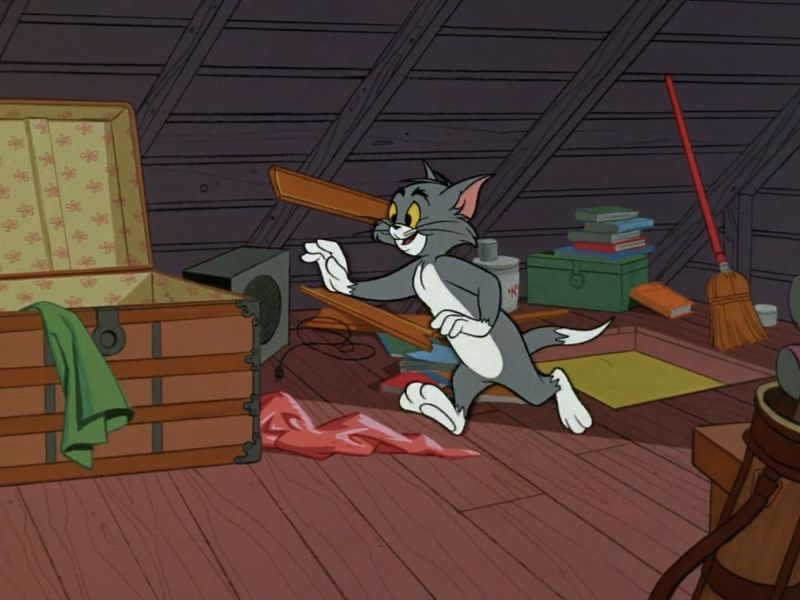
Wordless warfare reached artistic heights with Tom Cat and Jerry Mouse’s eternal chase sequences. These MGM classics found new life in 1970s television reruns, introducing a new generation to the art of perfectly timed slapstick comedy.
Tom’s elaborate schemes to catch Jerry always backfired spectacularly, creating visual humor that transcended language barriers. Children worldwide could understand and appreciate their rivalry without needing dialogue or explanation.
The animation quality and musical scores set standards that influenced countless other cartoons. Despite their constant fighting, Tom and Jerry occasionally showed genuine care for each other, teaching kids that even rivals could have complex relationships and that sometimes competition masked deeper friendship.
20. Woody Woodpecker
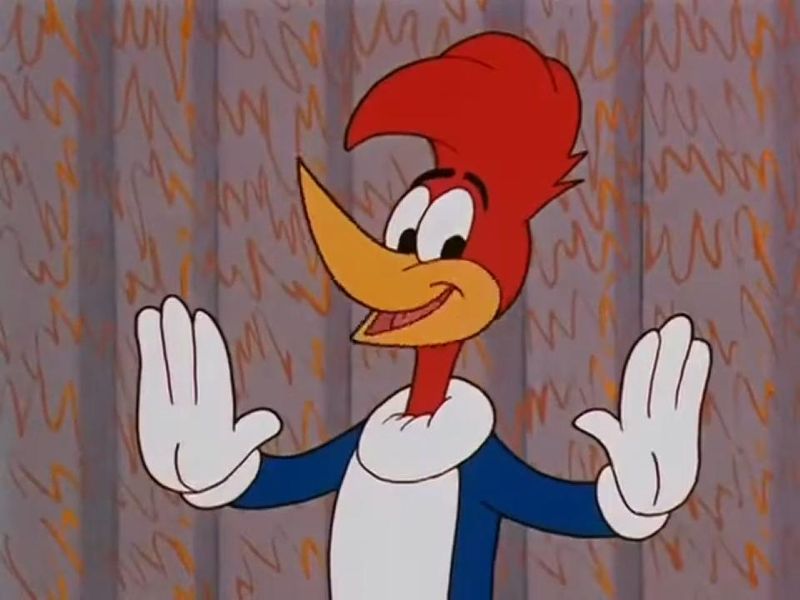
Manic energy personified, Woody Woodpecker brought chaos and laughter wherever his red crest appeared. This anthropomorphic bird’s distinctive laugh and mischievous personality made him unforgettable to children discovering his antics through television reruns.
Woody’s famous “Heh-heh-heh-HEH-heh” laugh became one of animation’s most recognizable sounds. His pranks and schemes often backfired, but his resilient spirit and ability to bounce back from disasters inspired kids to persevere through their own setbacks.
The character’s evolution from villain to hero showed children that people could change and grow. Woody’s adventures taught that curiosity and playfulness were important parts of childhood, even when they occasionally led to trouble or unexpected consequences that required creative problem-solving.

Comments
Loading…